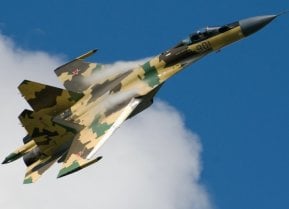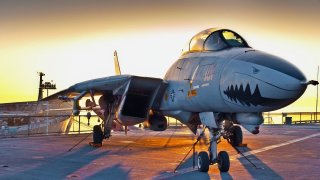Super Tomcat 21: The Ultimate F-14 Tomcat Fighter for U.S. Navy Aircraft Carriers
Today, many believe the Super Tomcat-21 would have been better suited to countering modern threats, such as long-range anti-ship missiles, thus enhancing the survivability of U.S. carriers.
Summary and Key Points: The F-14 Tomcat, made famous by the movie "Top Gun," was a beloved Navy warplane known for its superior speed, range, and missile capabilities.
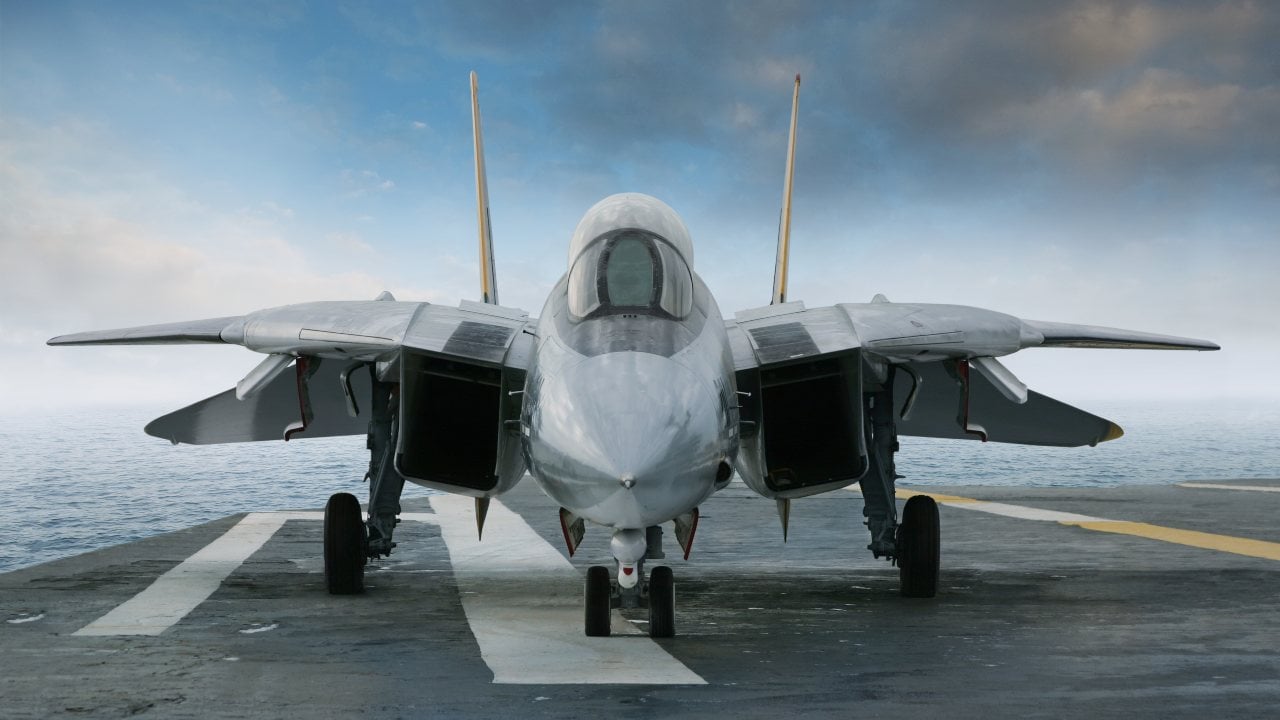
-However, the Navy replaced it with the F/A-18E/F Super Hornet, deemed more cost-effective and versatile for both air-to-air and air-to-ground missions.
-An alternative, the Super Tomcat-21, offered advanced avionics, greater fuel capacity, and more weaponry but was not pursued due to higher costs.
-Today, many believe the Super Tomcat-21 would have been better suited to countering modern threats, such as long-range anti-ship missiles, thus enhancing the survivability of U.S. carriers.
The Navy Should Have Built the Super Tomcat-21
If you’ve ever had the need for speed, you’ve probably sat down and watched the original Top Gun film. In that iconic 1980s movie about macho flyboys, their loves, and beating back Godless Communism, the Navy’s F-14 Tomcat was the unofficial star.
The F-14 was the two-seat carrier-based air interceptor warplane that elevated Tom Cruise to legendary film star status. The Tomcat was beloved by most who flew or serviced it throughout its long run as the premier Navy warplane. But when it came time to replace this iconic bird, simply upgrading it with a newer make of the Tomcat was not such an easy sell.
The Pentagon was looking at true alternatives to the Tomcat.
Ultimately, the military settled on the F/A-18E/F Super Hornet as a replacement for the Tomcat. According to the military, the Super Hornet was the most cost-effective solution. The Super Hornet was believed to offer a low acquisition cost. It had lower maintenance costs and was a more versatile airframe that could perform both air-to-air and air-to-ground missions.
The Super Tomcat-21 was Better Than the Super Hornet
There was an alternative, though, to the Super Hornet: an upgraded version of the F-14 Tomcat known as the Super Tomcat-21. It was intended to be a significant improvement over the existing F-14D Tomcat variant that would feature increased fuel capacity, upgraded engines, and advanced avionics. This new bird would have been equipped with an Active Electronically Scanned Array radar, which would have provided superior situational awareness and target-tracking capabilities.
Additionally, the Super Tomcat-21 would have carried a greater array of weapons, including the AIM-120 AMRAAM air-to-air missile and the Joint Standoff Weapon.
The Super Tomcat-21 was an impressive system indeed. Had the Navy embraced this bird rather than the Super Hornet, it could have had a significant impact on the future of naval aviation. The aircraft’s advanced capabilities and potential for further upgrades could have extended the service life of the F-14 fleet and provided the Navy with a more capable platform to counter emerging threats. Indeed, many today still think the Tomcat was a better platform for intercepting threats to carrier battle groups than the current fleet of Super Hornets is.
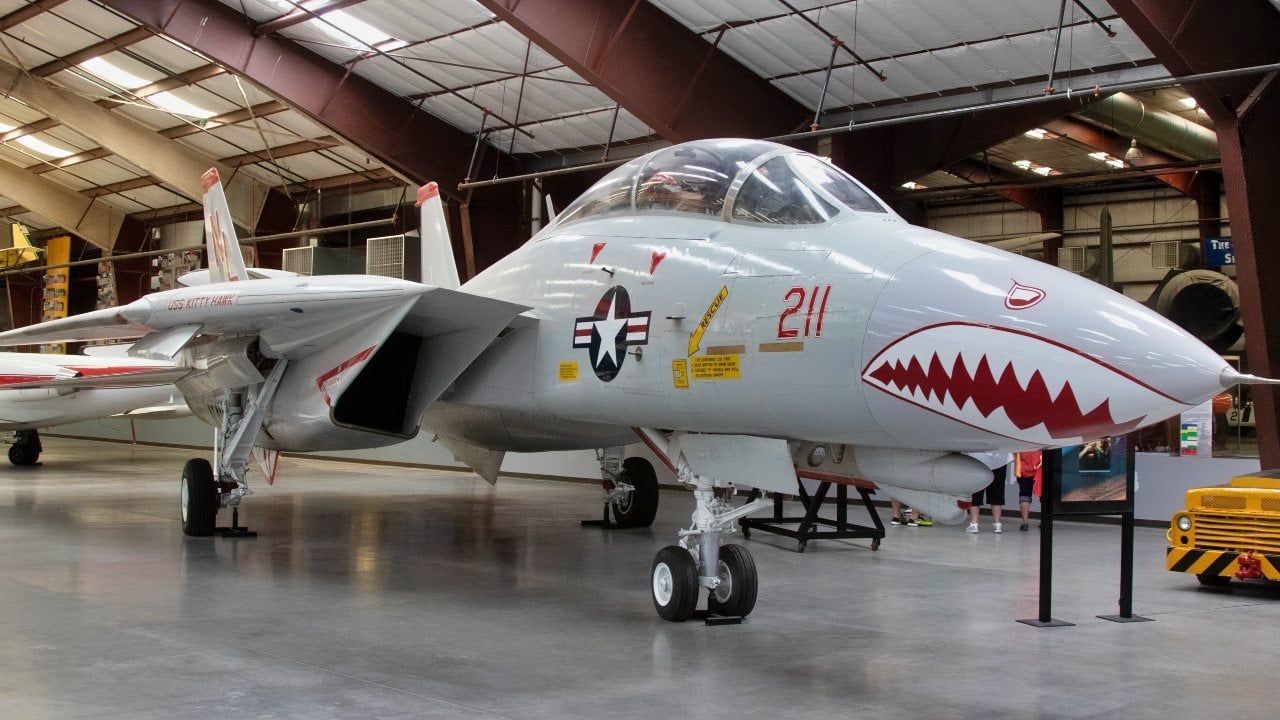
In the Navy’s view, the Super Hornet was a better bird because it provided a more balanced solution to its operational requirements. The Super Hornet’s lower cost and versatility allowed the Navy to allocate resources more efficiently and maintain a fleet that could effectively respond to the wide variety of threats that dominated the post-Cold War era, which was the Super Hornet’s heyday.
Additionally, the Super Hornet’s compatibility with existing infrastructure and support systems made it more practical for the Navy.
The Super Tomcat Could Have Stopped the Threat of Anti-Ship Missiles
But, as I noted in a May article in these pages entitled “The Navy Needs a New F-14 Tomcat,” the Tomcat had “superior speed, range, and missile capabilities [and] could have offered a vital countermeasure to long-range anti-ship threats, enhancing the survivability of U.S. carriers.”
American carriers are especially vulnerable to the increasing threats that anti-ship ballistic missiles pose to the fleet, as well as the wider anti-access/area-denial threat. The Tomcats were better equipped for handling this threat than are the Super Hornets of today.
The Super Tomcat-21 was a promising upgrade to the F-14 that could have ensured no gaps formed in the defenses of carrier groups. However, these warbirds were not cheap. And with the Soviet Union dead and gone, American leaders acted as if there would never be another great power challenge to American hegemony.
So the Super Hornet made more sense.
But the Navy probably should have sided with the Super Tomcat-21, especially given what we know today of the very serious threats facing the American carrier force.
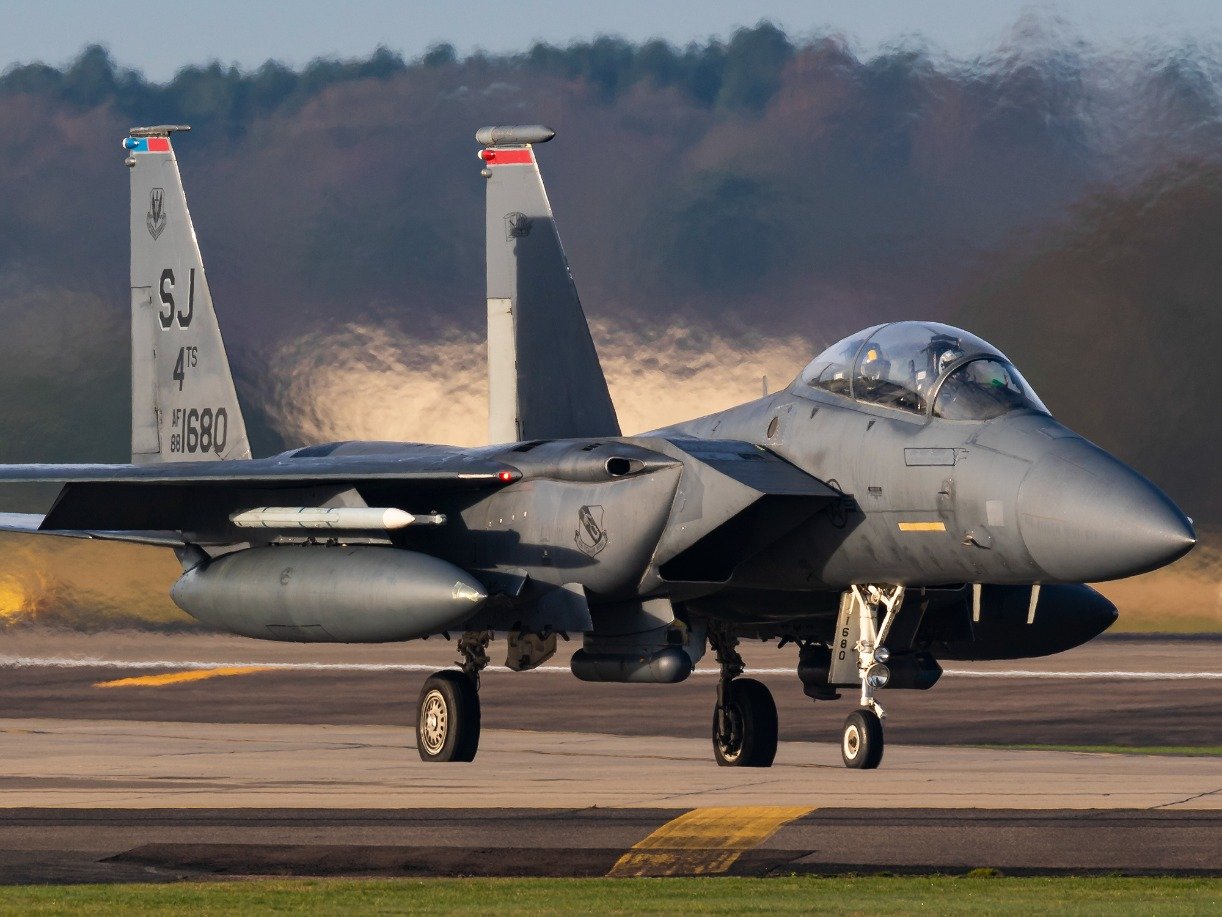
Author Experience and Expertise: Brandon J. Weichert
Brandon J. Weichert, a National Interest national security analyst, is a former Congressional staffer and geopolitical analyst who is a contributor at The Washington Times, the Asia Times, and The-Pipeline. He is the author of Winning Space: How America Remains a Superpower, Biohacked: China’s Race to Control Life, and The Shadow War: Iran’s Quest for Supremacy. His next book, A Disaster of Our Own Making: How the West Lost Ukraine, is due October 22 from Encounter Books. Weichert can be followed via Twitter @WeTheBrandon.
All images are Creative Commons or Shutterstock.
From the Vault
Russia Freaked Out: Why the U.S. Navy 'Unretired' the Iowa-Class Battleships
Battleship vs. Battlecruiser: Iowa-Class vs. Russia's Kirov-Class (Who Wins?)
